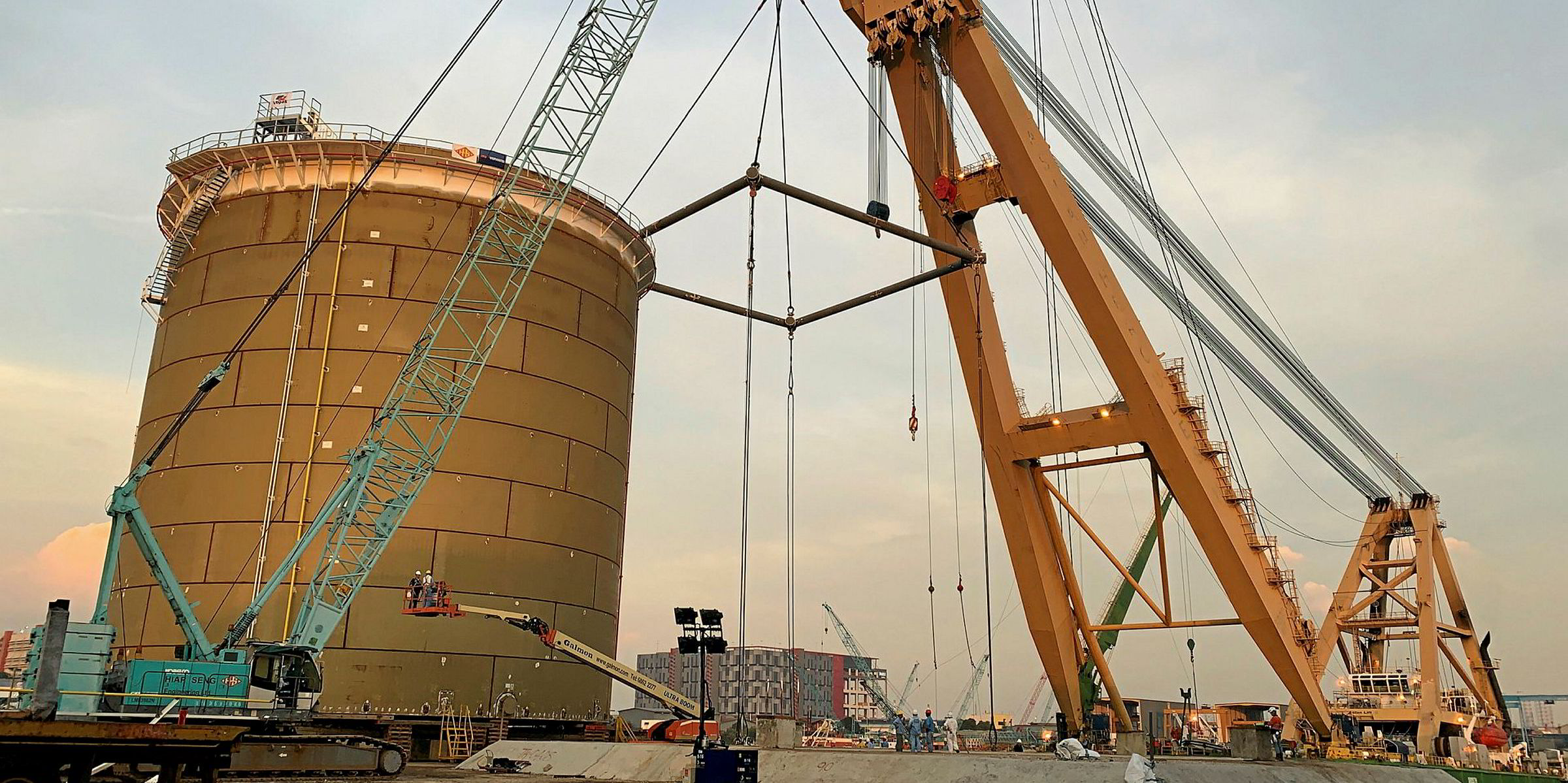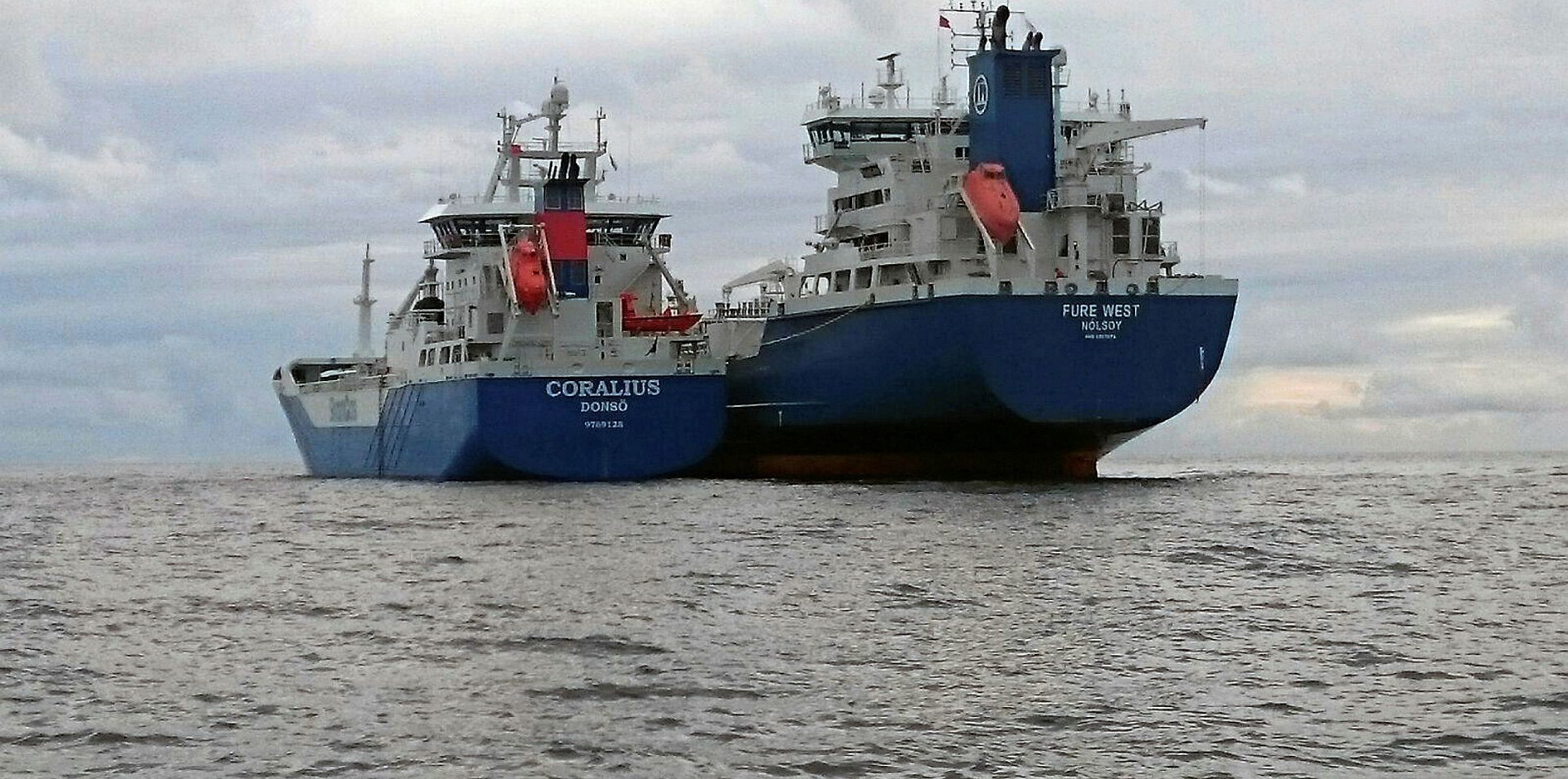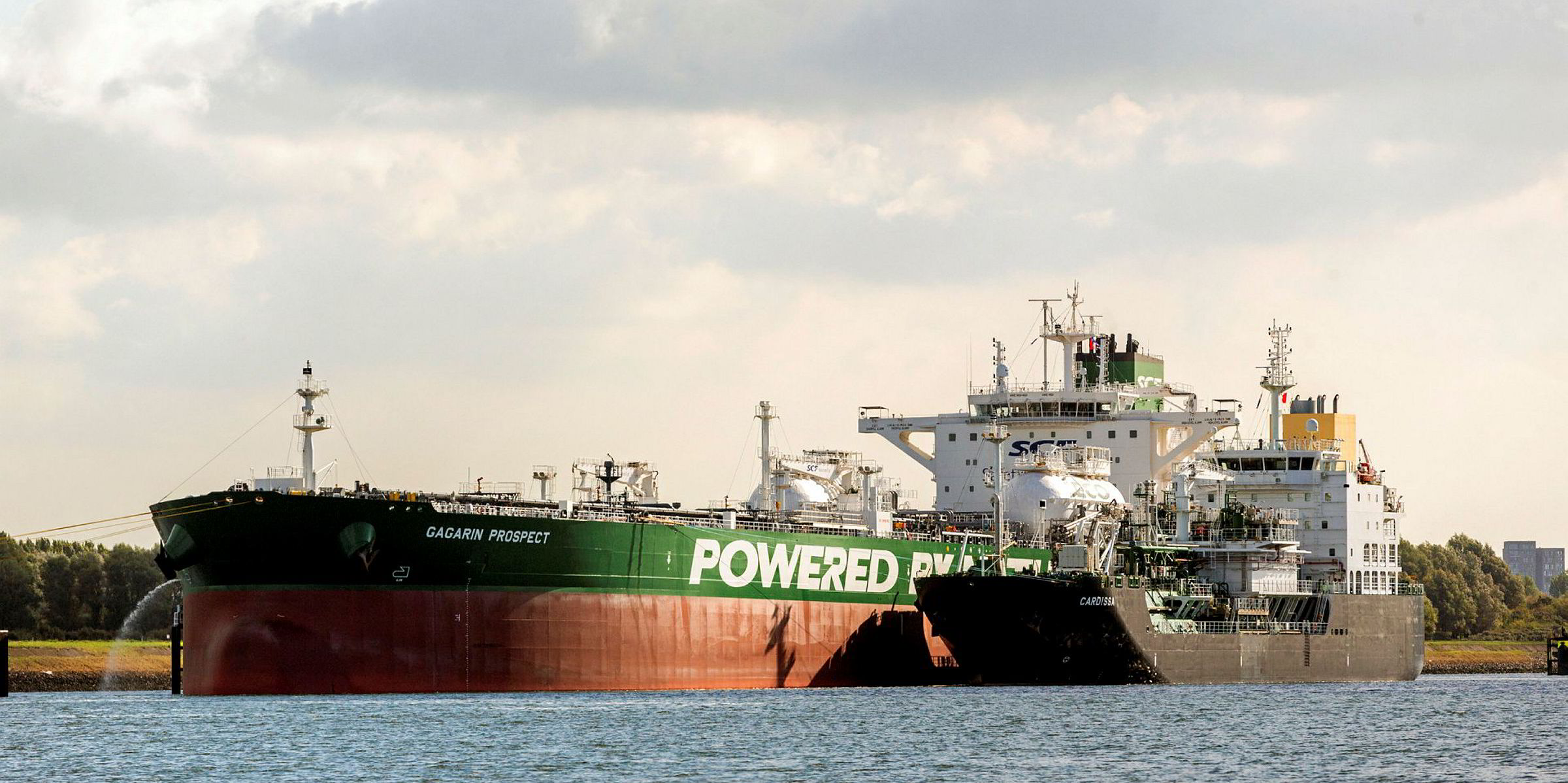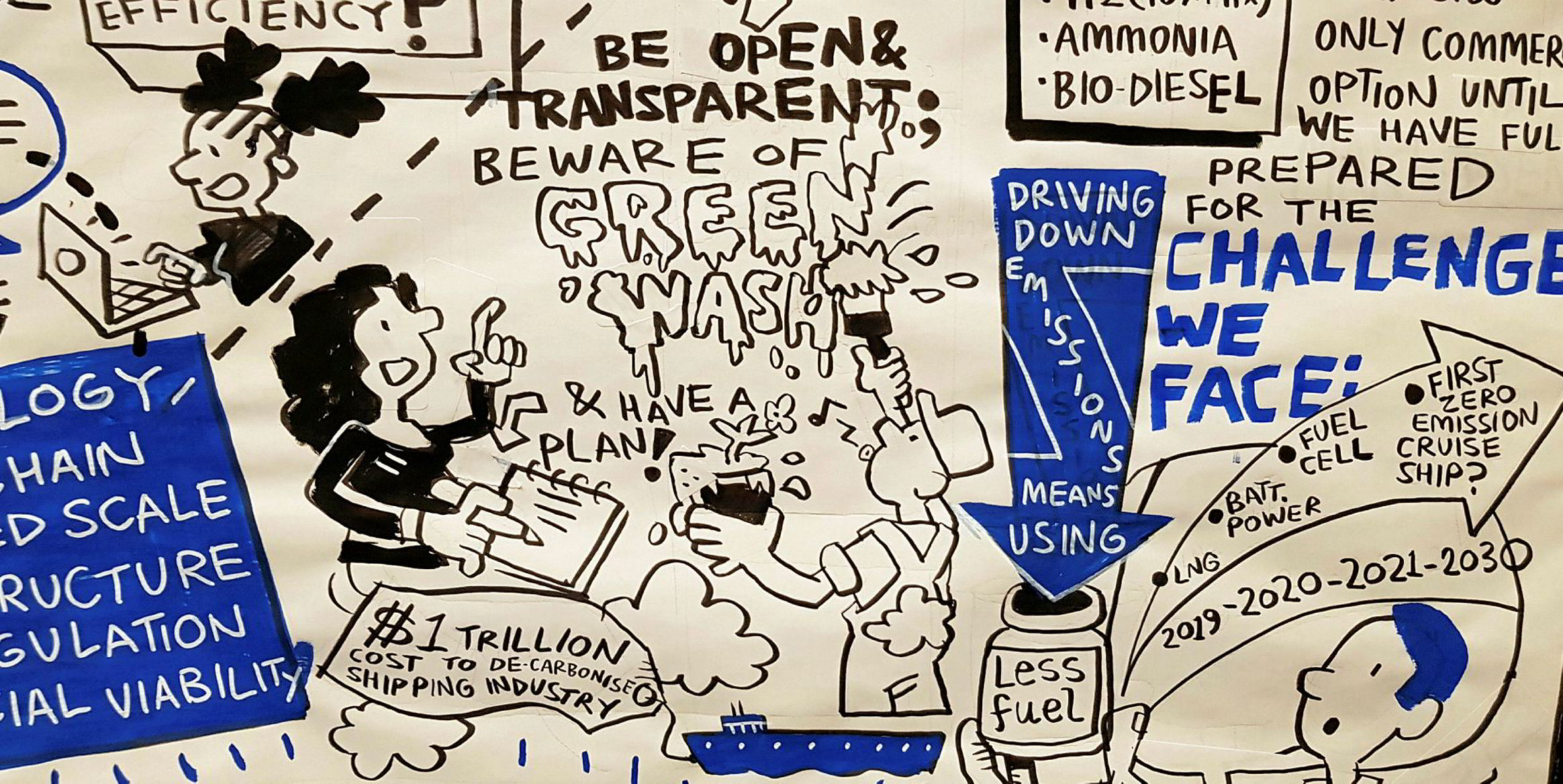Entering the IMO 2020, demand for marine gasoil (MGO) has seriously underperformed market expectation. But bunker players believe the fuel still has a bright future — with supply of other compliant fuels tight and its rising popularity among some environmentalists.
Many analysts had expected MGO consumption to spike in the first few months of this year, believing that shipowners would turn to the fuel due to its stability and availability.
According to the International Energy Agency’s annual oil report published last July, MGO demand would rise to 1.98m barrels per day (bpd) in 2020, up 1.09m bpd from last year and accounting for 45.2% of global bunker demand.
Instead, anecdotal evidence suggests shipowners have embraced very low sulphur fuel oil (VLSFO), a term referring to new types of marine fuels with 0.5% sulphur contents.
December sales
Based on government data from Singapore for December sales, Alphatanker estimated VLSFO accounted for slightly more than 60% of all disposals at the world’s largest bunkering hub last month.
“Discussions with various bunker suppliers across a multitude of regions imply that sales at other bunker hubs have followed a similar pattern to Singapore,” Alphatanker said.
Bunker supplier Monjasa also said its figures showed VLSFO demand had been higher than originally forecast.
“Looking at MGO, we even saw ports where demand for VLSFO was so strong that buyers paid more for a tonne of VLSFO,” Monjasa communications manager Thorstein Andreasen said.
“This shows that owners and operators have had a preference towards burning VLSFO compared to MGO despite the slim price spread.”
Having built stocks for several quarters, VLSFO producers have managed to roll out the new products in the main bunkering hubs globally. While there have been reported issues related to their sediment and sulphur contents occasionally, most shipowners are generally willing to continue using VLSFO.
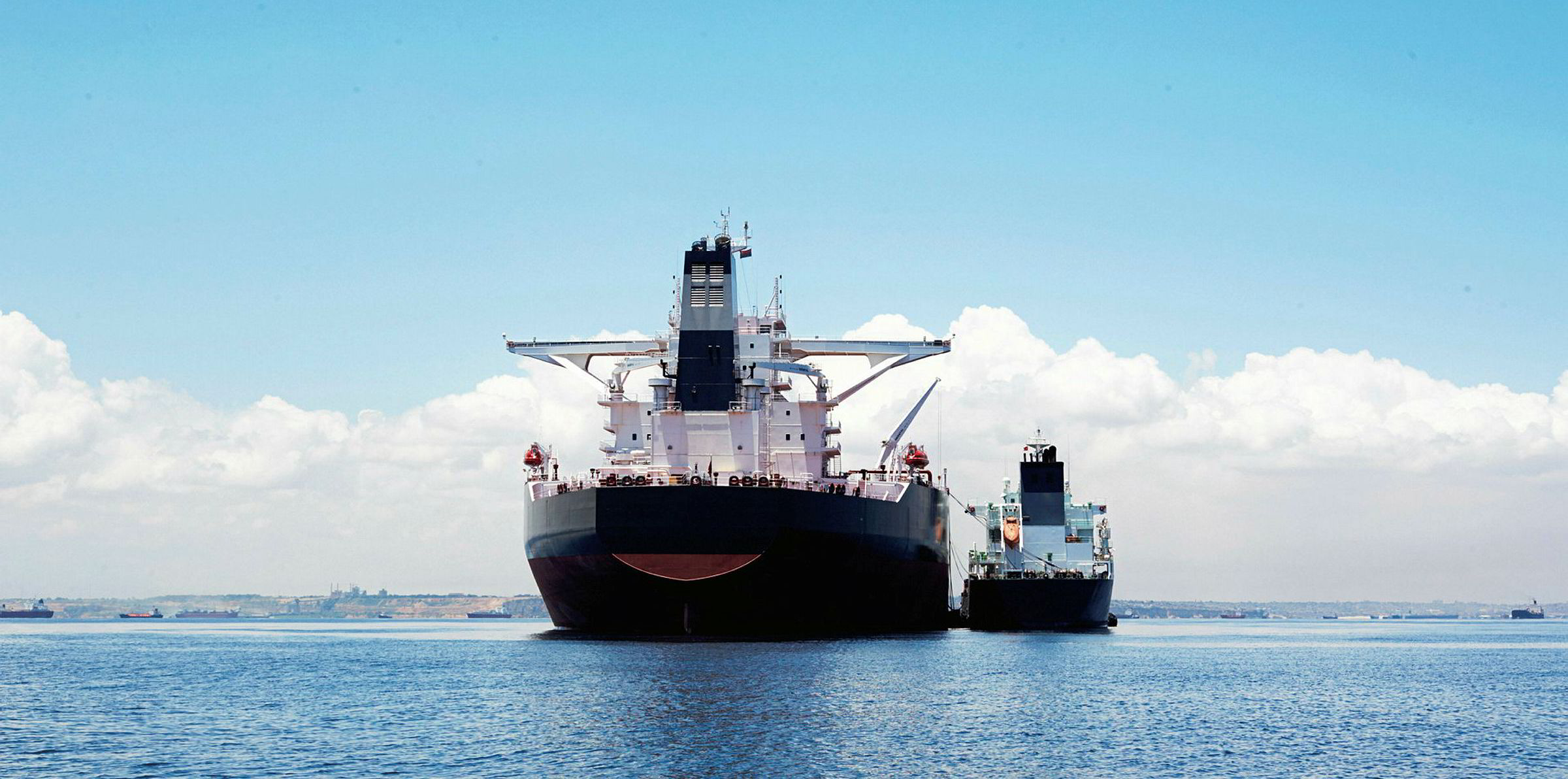
Like the 380-centistoke high-sulphur fuel oil (HSFO), the main type of bunker fuel pre-2020, VLSFO requires heating before combustion. In contrast, MGO runs through ship engines at an ambient temperature.
“The choice of VLSFO has been led by the fact that most shipowners prefer to burn a heated fuel similar to 380-cSt,” Alphatanker said.
“Many shipowners…opt for VLSFO over MGO since they were worried, despite the assurances of engine manufacturers, that running MGO for extended periods could lead to extra wear and tear on engines and eventually lead to lower performance and associated problems.”
MGO to fight back
However, there have been accounts of tightening VLSFO supply as inventories have been gradually drawn down.
China is reportedly providing tax incentives to fuel sellers to encourage VLSFO shipments, which, according to Alphatanker, could boost the country’s production to 200,000 barrels per day.
But the Chinese refining industry is currently in chaos with domestic oil demand dipping amid the coronavirus outbreak.

“The next hurdle for VLSFO supply comes once the initial fill on vessels has been used up and the supply chain has to deal with supplying VLSFO that has not been accumulated over months,” said Adrian Tolson, insight lead at communications consultancy BLUE.
Moreover, non-scrubber vessels are required to dispose the HSFO in their tanks and refill them with IMO 2020-compliant fuels, such as MGO and VLSFO, by 1 March.
“I would expect the VLSFO supply to tighten around March as HSFO carriage ban comes into force,” Refinitiv’s lead shipping analyst Amrit Singh said. “This is expected to lead to shipowners considering MGO.”
Some environmentalists have pointed out that MGO would be preferable to VLSFO as a marine fuel after a joint study between Finland and Germany showed burning VLSFO can emit more black carbon due to the new products’ high aromatic contents.
At the IMO subcommittee on pollution prevention and response that meets later this month, the Clean Arctic Alliance plans to call for an immediate switch to MGO for ships in the Arctic and a ban on fuels with high black carbon emissions.
Aromatic contents
The International Chamber of Shipping argues a more effective approach would be to include aromatic contents in the international standard for marine fuels while also continuing work to consider other factors that affect black carbon emissions, rather than to ban VLSFO outright.
The amount of black carbon is also related to engine design and distillates that can also have high aromatics, according to the industry group.
Looking further ahead, a recent study by International Council on Clean Transportation has concluded that MGO outperforms other fossil fuels — including LNG — in limiting greenhouse gas emissions on a 20-year, well-to-wake basis.
If adopted by regulators, the findings could prompt more MGO consumption before low-carbon fuels are developed.
However, Bimco’s deputy secretary general Lars Robert Pedersen warned against any drastic action to promote the usage of any particular type of fuel.
“There are many interests involved in the debate. This makes it difficult to filter the objective facts about the matter,” Pedersen said.
